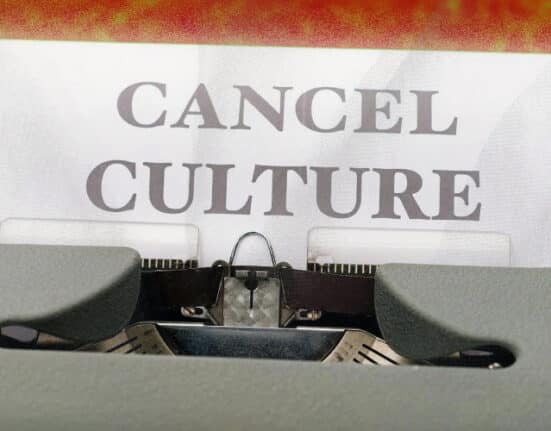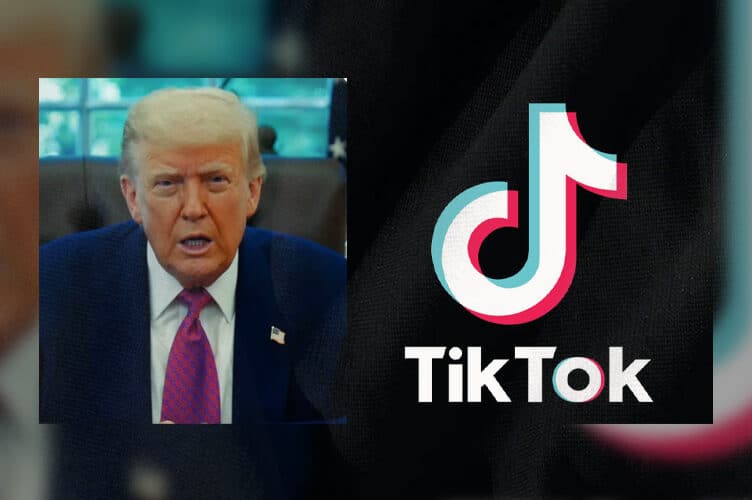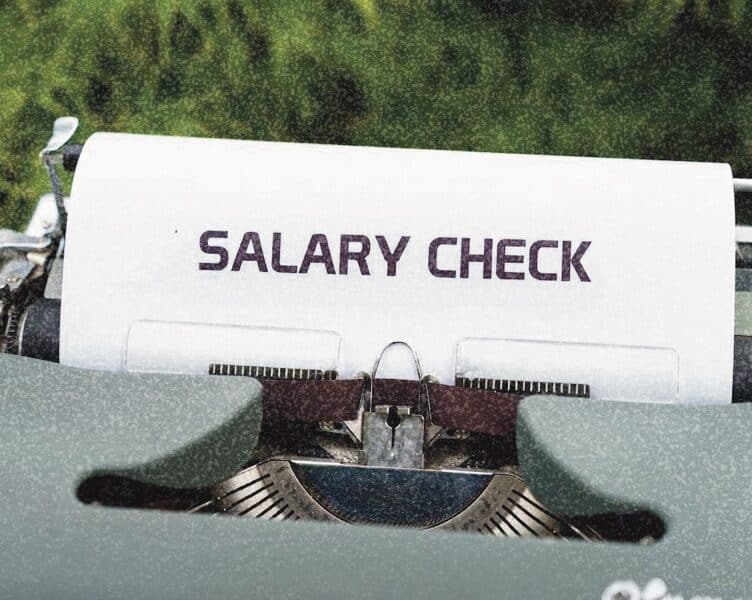ONE accusation. One viral tweet. One mistake from years ago. That’s all it takes for someone to be ‘canceled’ overnight.
Social media has shown us that with great technology comes great power— perhaps more than ever in today’s digital age. It has fueled a participatory culture that now shapes every aspect of our lives, from entertainment and education to the workplace.
Social media is a force to be reckoned with. Before, the traditional media were able to gatekeep the information prior to reaching the public. As mediators, they have the option to intervene in what and how information will be packaged to affect public perception.
But when social media came into view, this function was democratized. People can now have a direct link to the sources of information, rendering the traditional platforms as almost obsolete mediators.
In a way, you can say that social media puts the power back into the people’s hands. Its advent gave birth to many social movements such as the #MeToo feminist movement that sparked conversations about sexual harassment and assault, leading to accountability for powerful figures; #LoveWins that advocated for the LGBTQIA+ rights and marriage world wide; and the Black Lives Matter that exposed police brutality and systemic racism which led to organized global protests.
It became an alternative from the traditional media that are criticized as perpetuating only the social hegemonies that lead to the oppression of the minority. With social media, the marginalized people could have a platform where they can voice out their opinions contrary to the dominant ideologies, leading to the subversion of power.
This plurality of voices can lead to exposure of injustice, which urges people to collaborate together in what we call a ‘cultural boycott’.
Boycotts are done as a voluntary and non-violent way to demand accountability from powerful people, corporations, and countries. Cultural boycott is the same, but it focuses more on refusing to engage in cultural or artistic practices, purchases of products, attendance in film screenings, and others.
In the digital age, cultural boycotts manifest in the phenomenon of ‘Cancel Culture’.
The Darker Side of Democracy
Cancel Culture is an example of how power can be exercised by the people. It is a social phenomenon that involves a type of public backlash that occurs in social media platforms where people voice their disapproval and call for accountability, often involving a type of boycott or demand for removal of a targeted person or entity.
In his 2020 study, “You are Cancelled: Virtual Collective Consciousness and the Emergence of Cancel Culture as Ideological Purging”, Professor Joseph Ching Velasco of De La Salle University described the ‘Cancel Culture’ phenomenon as “one of the greatest displays of the democratization of discourse.”
It shifts the power from the traditional gatekeepers like government, corporations, and mainstream media to everyday people without the hindrance of institutional barriers often controlled by these entities. With ‘Cancel Culture’, the revolution can often be traced from the grassroots, reflecting a shift in social consciousness of the common folks. It can be a good citatin of democracy at work.
But with the boons brought forth by this phenomenon, the banes also soon enough became apparent.
With the mainstream media, only a selected few— celebrities and politicians mostly— can be considered as public figures and subjected to the risks that come with public scrutiny. But in social media, everyone can be shoved in the spotlight— sometimes, whether you like it or not.
Private individuals who never sought the spotlight can find themselves targeted over a single comment left on a post. Those gaining traction online may have their past dredged up for public scrutiny, facing cancellation for opinions they once held, regardless of personal growth or changed perspectives. It doesn’t matter if they’ve evolved; their past remains a weapon that can be used against them.
Take for example the story of the Amalayer Girl Paula Salvosa. In 2012, a viral video spread like wildfire on the internet, showing a girl who was having an argument with an LRT personnel. During the confrontation, Salvosa was heard repeatedly asking the guard, “So you think I’m a liar?” which christened her with the nickname, Amalayer, a colloquial slang of the phrase.
The viral video was circulated without Salvosa’s consent. Without knowing the full story, the public framed her as an entitled brat. It led to online bullying and public shaming against Salvosa.
In an interview with ABS-CBN in 2021, Salvosa opened up about the incident, nine years after it happened. She said that she received threats and hate messages.
“They would tell me that if they see me, babatuhin nila ako ng mineral bottles or kamatis. If they see me sa train station, itutulak daw nila ako doon. If they see me, they will gangrape me ‘cause that’s what I deserve at kung anak nila ako, ikakahiya nila akong anak. Hanggang ngayon, nakakatanggap pa rin po ako,” said Salvosa.
“Kahit after all these years, sinubukan mo namang magbago, pero tinuldukan ka na ng maraming tao,” she added tearfully.
Salvosa, who was a college student at the time, said that the event caused her emotional and mental wounds which she bears until now.
This is one of the drawbacks of ‘Cancel Culture’— it often disregards the concept of redemption. The public is unforgiving, especially if you don’t have the means to afford the resources offered by PR teams to clear your image.
The celebrities and politicians might be able to weather the attacks, with a digital team campaigning for them, but if you’re a common folk like Salvosa who lack such support, surviving a cancellation can be much more difficult.
Another thing that ‘Cancel Culture’ often doesn’t take into consideration is the complexity of a situation’s context.
Take for example, the recent issue of a Sampaguita vendor dressed in uniform and a guard at the mall. In the viral video which caused the latter his job, it was shown that the guard was kicking the Sampaguita seller who was on the premises of a big mall. People were quick to judge the guard, saying that he deserved to be dismissed from his job. But when stories about the girl pretending to be a student to gain sympathy resurfaced, they were also quick to change their side and call out the girl as a fake.
Even the recent Grab issue could be an example of this, where a student took to social media to publicly shame a Grab driver whom she thought was masturbating during their trip. It turned out, according to the Grab investigation, that this wasn’t true. The public, in turn, shamed the girl, throwing ad hominem insults about her appearance.
In both these situations, the public struggles to grasp the complexity of the issue at hand. Their judgment of the events are limited to only the binary choices: it’s either you side with the girls, the Grab driver, or the guard. There is no grey area, in which all the parties could be considered as both the victims and the perpetrators.
You know why that is? Here’s a guess: a lot of us do not really want to think critically about the matter.
No, we do not want to tackle the child labor and poverty issues that are most likely the root cause of the argument between the guard and the girl. No, we don’t want to acknowledge the constant sexual harassment faced by women in public transport and the lack of implementation and resources that are supposed to support the laws about it.
What we want instead is just drama. What we want is the flow of likes on our posted opinion that is the currency we use to validate our worth in the digital landscape. What we want is to retain our moral high horse, and feel better than those we cancel.
But are we really better?
I can’t help but think that ‘Cancel Culture’ is just a modern-day witch hunt. Yes, social media can be powerful, but in the end, it’s still just a tool. A tool that can be dangerous when it falls in the hands of those who are uncritical, or worse, unthinking. And when you have a horde of these uncritical and unthinking mobs, it is easy to accuse anyone of witchcraft even without any evidence.
That’s how we all end up burnt.
How useful was this post?
Click on a star to rate it!
Average rating 0 / 5. Vote count: 0
No votes so far! Be the first to rate this post.
We are sorry that this post was not useful for you!
Let us improve this post!
Tell us how we can improve this post?








